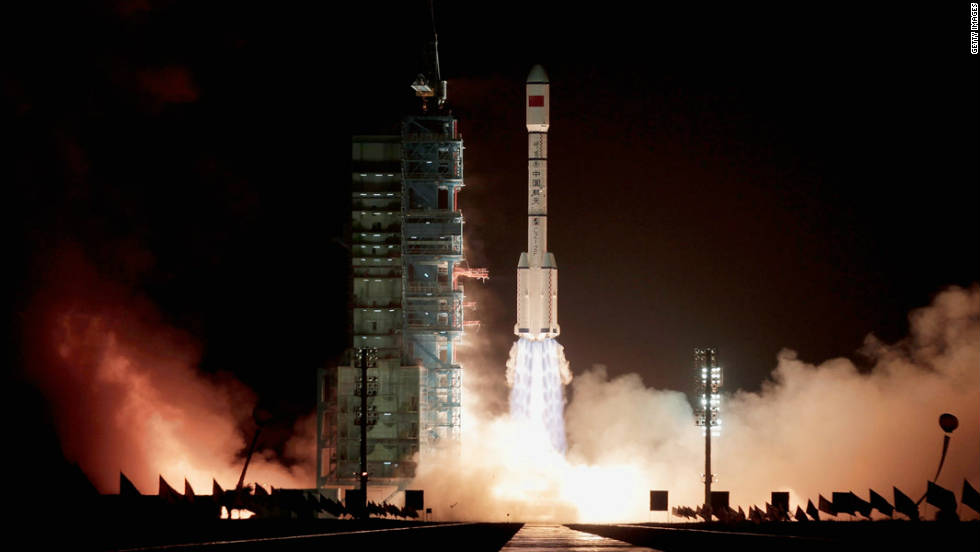There are a lot of exciting
space missions to look forward to in 2018, from the inaugural launch of
SpaceX’s Falcon Heavy to a return to Mercury. But China might be planning one
of the most exciting missions of all – the first-ever landing on the far side
of the Moon.
Called Chang’e 4, the
mission will be China’s fourth to the Moon, following two orbiters in 2007 and
2010, and a rover in 2013. There have been plenty of other proposals to land on
the far side of the Moon, not least from the US and Russia, but none have
materialized.
“The Chinese are pushing
back the frontier with such a technically challenging mission,” space analyst
Brian Harvey told The Guardian.
The mission will entail two
parts. The first, possibly launching in June this year, will be a relay
satellite placed into lunar orbit. As the far side is blocked from Earth’s
view, a relay satellite is needed in order to transmit communications between
the surface and our planet. Then, by the end of the year, we might see the
landing take place.
Chang’e 4 was designed as a
backup to Chang’e 3, the partially successful lander and rover (called Jade
Rabbit) that landed on the near side of the Moon in 2013. Chang’e 4 will be
similar, comprising also a lander and a rover. While the exact specifics of the
mission aren’t clear yet, we do know how it might make the most of the unique
opportunity.
The Moon is tidally locked
to our planet, so one of its faces always points towards us. This means we
never see the far side – often incorrectly called the “dark side”, although
both sides of the Moon reveal equal amounts of light as it orbits Earth.
But it is dark in a sense,
in that radio signals from Earth are blocked from reaching the far side.
If you were to place a big radio
telescope on the far side of the Moon, well, you’d get a rather very incredible
and completely uninterrupted view of the cosmos. Chang’e 4 may also include such
a telescope, although that’s not clear at the moment.
What’s more clear is that
the lander will probably include a very small ecosystem, to attempt the growth
of plants and insects on the lunar surface. This will include potatoes and
silkworm eggs, and the event is set to be live-streamed for the public back on
Earth to watch.
China’s ultimate goal is to
land humans on the Moon, possibly in the 2030s. They also have plans to return
a sample as early as 2019. Chang'e 4 could be an important step towards those
goals.
Via IFLScience



